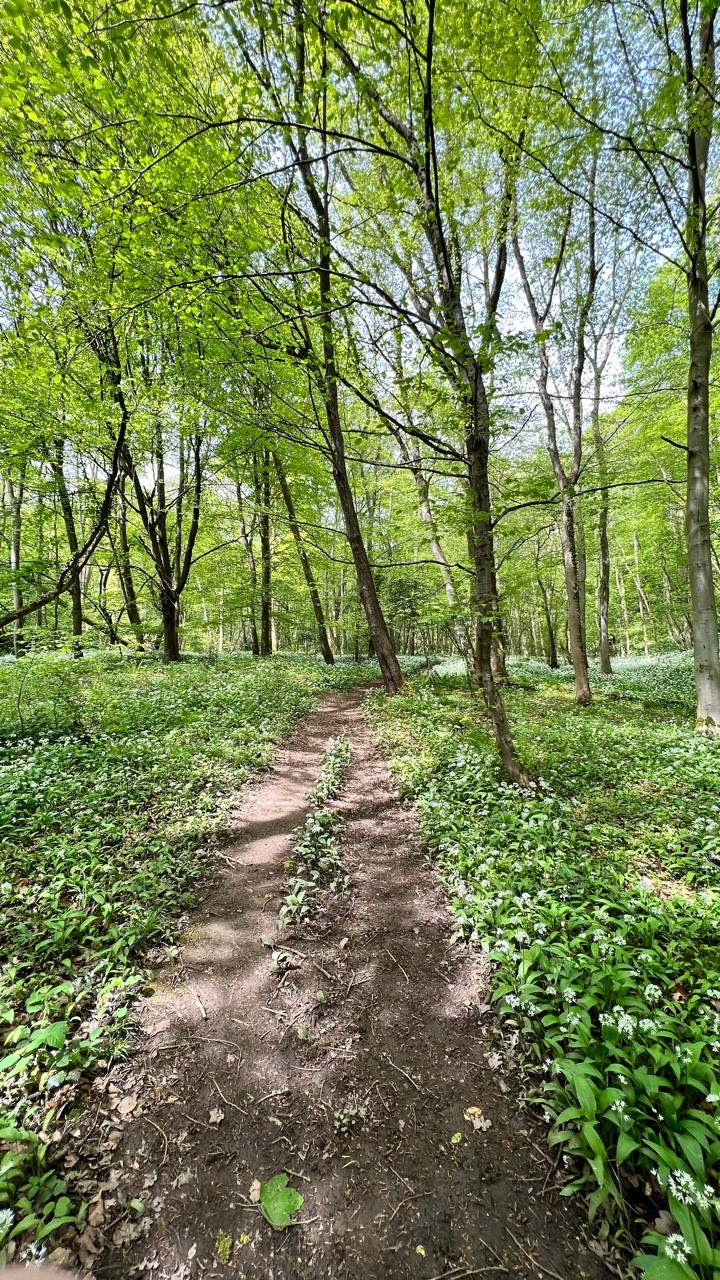Heritage Threads: Whittle Dene & Ovingham
- Stephen Armstrong
- Jun 29, 2023
- 4 min read
Here's a new little series! I get a few emails including some excellent photos of walks others have done with a nice historical commentary to go with it. A bit like the Twitter threads I make over the weekend walks.
One such email was from valued patron and history enthusiast Stephen Armstrong, who has explored the area around Whittle Dene and Ovingham, which is located a few miles west of Wylam. I'm grateful to share these excellent shots with some informative commentary attached. Enjoy.

The journey to Whittle Dene begins at the Ovingham Bridge. Ovingham Bridge is a handsome steel toll crossing erected in 1883 to replace the earlier ferry. There’s also a packhorse bridge to the west and the site of a ford.

Ovingham Bridge was built using steel from Dorman Long & Co (the steelwork is stamped with the name), famous for the Sydney Harbour Bridge and Tyne Bridge. The bridge ceased to be toll bridge in 1945 and unfortunately the toll house is long demolished although part of a wall still exists at the top of the southern parapet.

One of the hidden gems of Ovingham is the church of St Mary the Virgin. The church was consecrated in 1050 and has a fine example of an 11th century tower, thought to have been built using robbed Roman stone. I didn’t go inside but there’s said to be a stone engraved in the 9th century showing a Norse scene.

Looking back from the church entrance towards the late Medieval gateway to the old vicarage.

In the churchyard, the memorial to John Wormald stands. Wormald died aged 59 on June 1st 1874 “whilst following his vocation as overman in Prudhoe Mine”. Erected by the workmen, it’s clear the esteem he was held - “A constant friend to those under his charge - A man of an affectionate kind and amiable disposition and endeared to all who knew him."

Round the back of the church is a well worn looking set of steps leading the way to Whittle Dene.

This path exists on the earliest of OS maps and potentially was in use long before. Whittle Dene was already a popular destination in the Georgian period, an account from 1846:
"Among the romantic thickets, the projecting rocks, and the deep whirling pools of the sequestered ravine of Whittle Dean, near Ovingham, Northumberland, spots are still pointed out by the neighbouring villagers, as the favourite retreats of harmless fairies and weeping lovers.”

Walking down into the Dene it’s easy to why it’s been held in such regard for at least 200 years and probably longer.

The Ovingham cabins are little known in the area (previously unknown to me too) but were built in the late Edwardian period - 1920s by Tyneside’s wanting an escape from the hustle and bustle of the city. There’s a cluster of around 5 or 6 cabins in various states - some are clearly lived in, others not so much, but a pleasant reminder of how previous generations would have spent their weekends at leisure.

The first stop at the beginning of the actual Dene is the ruins of Whittle Mill. A water mill has existed at the site since 1560 and the current buildings were thought to be in use until the 1920s. The remains of the wheel bay exist but it was too overgrown, similarly the large mill ponds are still in situ but heavily overgrown.
The ‘Report of Visitation in 1805 stated about the Mill: “The building of a dwelling-house, a water corn-mill, with two pair of stones and a kiln for drying oats; and a detached barn and stable, all in tenantable condition.”

In 1897 the Newcastle Town Chronicle reported:
"When the foliage is in full leaf, the place is much visited by the artistic fraternity, and many are the pictures that have been secured here, some of which have been afterwards seen on the walls of the Bewick Club Exhibition and also at the Royal Academy. It is not unusual for artists to take up residence forseveral weeks at Whittle Mill, and to complete large canvases on the spot.
Of course, this would be impossible without the hearty co-operation of Mr Davie Rutter, the tenant of the Mill whose good wife has quite a reputation for the excellent fare she places before her guests. Mr Rutter's rosy-cheeked children have featured in many a dainty drawing”.

The Mill and associated bleach works went into decline soon after the nearby Whittle Dene Reservoir were built in 1848. The new reservoir drained the entire area which previously serviced the Whittle Burn. The Mill struggled on into the early part of the 20th century after which it was abandoned in favour of more efficient modes of milling.

As you reach the dene floor, it opens up into a very quiet and peaceful meadow. Now designated as Ancient Woodland, which stipulates landscape and treescape largely unchanged since at least 1600. “Whittle Dean is a deep woody dell which stretches southwards & joins the Tyne east of Ovingham. The waters of this dean (peculiarly soft and clear) are the most celebrated in the north of England for whitening linen cloth” (Mackenzie 1825)

.Finishing the walk to the back of the Church, the recess where a well or pump once was.

The village pant - date unknown but I expect 19th century. With a well faded Telephone box!
If you are interested, here is the route of the walk via the Footpath App.

Thank you to Stephen for sharing these photos - I'm sure you'll agree, and gives great context to the area. Stephen's Twitter handle is @howayitsstephen




Comments